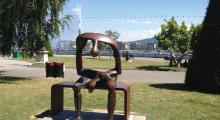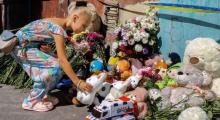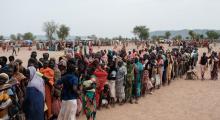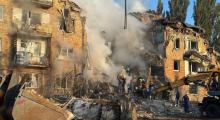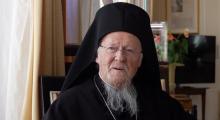Issued by the Catholic Center for Studies and Media - Jordan. Editor-in-chief Fr. Rif'at Bader - موقع أبونا abouna.org
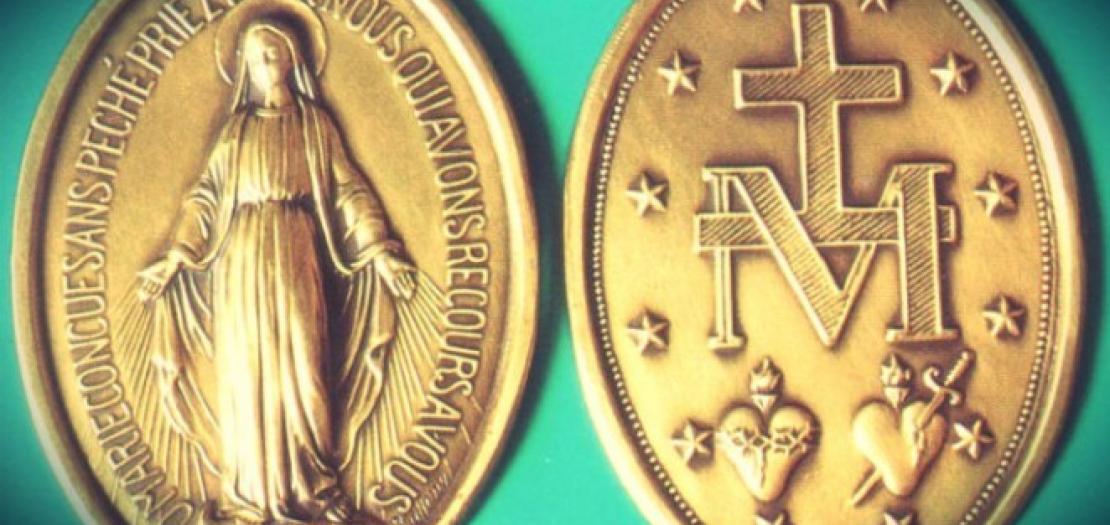
The canonization of Mother Teresa on Sept. 4 marks the end of one of the faster causes of canonization in modern times. This is not surprising, given the wide acclaim among the faithful at the time of her passing, on Sept. 5, 1997, that she be proclaimed a saint immediately.
Pope St. John Paul II waived the normally mandatory five-year waiting period to start a cause, but the subsequent process was still very carefully followed, according to the Church’s regulations. That included validating two miracles: one for the beatification and another for canonization.
The diocesan inquiry (the first key step in the process) began in 1999, and the postulator for the cause, Father Brian Kolodiejchuk, a Missionaries of Charity priest, said at the time, “The five-year rule is to ensure that there is a genuine reputation for holiness among the people and that there is not just passing enthusiasm soon after a person dies. But in Mother’s case, there was no need to wait, as her holiness was a matter of worldwide belief.”
Within days of Mother Teresa’s death, miracles were reported around the globe. As with all such claims, the Church launched comprehensive and meticulous investigations.
A miracle from the prayers of Mother Teresa
One year had passed after Mother’s death when the following events took place in Mother Teresa’s adopted homeland:
Monika Besra was a thirty-year-old native of India from a very poor rural area of West Bengal. Married to a somewhat older farmer, she, her husband, and their five children were low-caste people living in a dirt-floored hut in a remote area. Like many in the Third World, their god was local, a deity living in a little shrine in their village. There offerings were made to propitiate the god in hopes he would let things go well. Also like many in the Third World, Monika became ill with TB. She received various medications, not too consistently because they had to be paid for. The disease progressed until she was said in 1997 — experiencing fever, headache, and vomiting — to be suffering from TB meningitis.
Then there was the big lump — whatever you called it: a gynecological specialist, after an ultrasound, dubbed it a “large cystic lesion in the lower abdomen and pelvis, suggestive of an ovarian cyst”; other doctors called it a tumor on the ovary. Whether this was part of, or separate from, the TB was disputed. There was no dispute — two unconnected doctors agreed — that her distended abdomen gave her the appearance of a woman six months pregnant. Monika confirms that and that she was in terrible pain.
She ended up in May 1998 at Navajivan, the Missionaries of Charity home for the sick and the dying in Patiram, also in Bengal. She was one of about 150 patients cared for by the sisters. People are taken in based on need not religion. They are charged nothing.
Due to Monika’s serious condition, the sisters took her twice to Balurghat District Hospital and in August to North Bengal Hospital for more specialized care than they could provide. They hoped surgery could be done for the “tumor.” But the medical verdict was that Monika was too ill and weak to withstand the anesthesia needed to investigate the mass surgically. The Missionaries were advised to try to “feed her up” for three months. The hope was that she would gain strength and could be brought back for the operation.
Monika herself had no illusions: she would tell a reporter later that she went back to the home sure she was dying. Medication had helped the fevers and headache, but she continued vomiting — even water and medicine — making it impossible for her to eat. So how was she to be built up? And, as she says: “The tumor kept getting bigger. The pain made me almost senseless.”
Six days after her return from North Bengal Medical College was the first anniversary of Mother Teresa’s death, September 5, 1998. At the home there were special events, including Adoration of Jesus in the Eu¬charist in the residence’s chapel and healing prayer. Monika was invited at 8 a.m. to participate, thought she was too weak, and then decided to go. It took two attendants to get her into the chapel, she later recalled. She says, “As soon as I entered I felt a ray of light from Mother’s photo coming to me. It came out from that photograph and into my heart. I became nervous. I became hot, and I didn’t feel well.” She told the attendants to just let her sit so she could rest. She says, “I did not tell them what had happened.” When she eventually was taken back to her bed, she says, “I was feeling different. I felt my mind had changed.”
Sr. Bartholomea, the home superior, recounts:
“At 5:00 p.m. we ended the Exposition [Jesus exposed for adoration in a Eucharistic Host], and I called Sr. Ann Sevika and said, ‘Let’s pray over Monika. Mother Teresa may heal her.’ This day was for me a very special day. So with that faith we went to Monika.
“We laid our hands on her, and another patient was there [praying with us]. I prayed silently in my heart: ‘Mother, today is your death anniversary. You love all the people in our homes. Now Monika is sick; please heal her.’ Then we prayed out loud nine times the Memorarae because Mother loved this prayer very much.” As a sign of their call for Mother Teresa’s prayers, they placed on Monika’s stomach a Marian medal that had been touched to Mother’s body. With Monika’s permission at some point they secured the medal to Monika’s waist, near the young mother’s swollen abdomen. Sr. Bartholomea concludes: “I looked at Monika’s face. It was looking relaxed, and she was sleeping. We kept silence for a while and [then] moved out to the convent.”
Monika says: “At night, around one o’clock, I woke up as usual, and I was feeling lighter and with no pain. I touched my abdomen. I could not find the tumor. I told my bedside neighbor [Samira Tudu], ‘See, I am feeling lighter and there is no pain [because] the tumor is gone.' "
Next morning, September 6, she told various sisters about her experience in the chapel. Not only they but Samira, and Handsa, one of the laypeople who helped care for the patients, would confirm what the whole place was talking about: Monika’s stomach was flat without any lumps; the great pain was gone, as were all her symptoms. She was in good shape!
Jubilant sisters took Monika to various doctors to confirm she no longer had either a tumor nor TB. Doctors at the municipal hospital in the Communist-run area and others acknowledged the tumor and the TB were gone. They insisted she had been cured through the TB medicine, re-diagnosing the tumor as a tubercular mass. When told the tumor disappeared in eight hours, one of these doctors said this was “impossible. She is lying... It is not possible to believe in miracles.” But another doctor at private Woodland Hospital in Calcutta admitted, “To say this is a miracle is technically difficult for us [as doctors] but I will say that, to the best of my knowledge as a doctor, this case is inexplicable.”
The sisters reported all this to the officials of Mother Teresa’s Cause in Calcutta. It went through the usual gamut of diocesan inquiry under Archbishop Henry D’Souza and then was sent on to the Congregation for the Causes of Saints.
The medical committee of the Congregation for the Causes of Saints conducted a several-month inquiry under Prof. Raffaele Cortesini of Rome University Medical School. He has, according to English jour¬nalist Mike Brown, investigated seven hundred proposed miracles, in¬cluding three hundred that proved to meet all seven requirements. Dr. Cortesini noted first, in his interview by Brown, that Monika was very near death if she could not tolerate even exploratory surgery, satisfying the requirement that an illness be serious. That the tumor / cyst was real had been verified by ultrasound and various doctors. Had it been a cyst that burst, the abdominal cavity would have been filled with the distend¬ing fluid. It was not. Above all, the TB and the mass, whatever it was, had vanished suddenly and completely. No drug could do that. The cure was accepted for Mother Teresa’s beatification.
Following the cure, Monika’s life changed. The illiterate low-caste woman from a poor farmer’s family went on a train for the first time in her life in June 1999, traveling to Calcutta “to give thanks” to Mother Teresa at her burial place. When her cure was accepted as God’s vote for Mother Teresa’s beatification, it was made possible for Monika to be in Rome to attend those ceremonies. She was, after all, the one whom God favored to make the event possible.
After her recovery, she said: “I was not Christian before, but I thought Mother has done this [obtained the healing from God]… me, I would take Christianity and obey Mother as next to God.”


